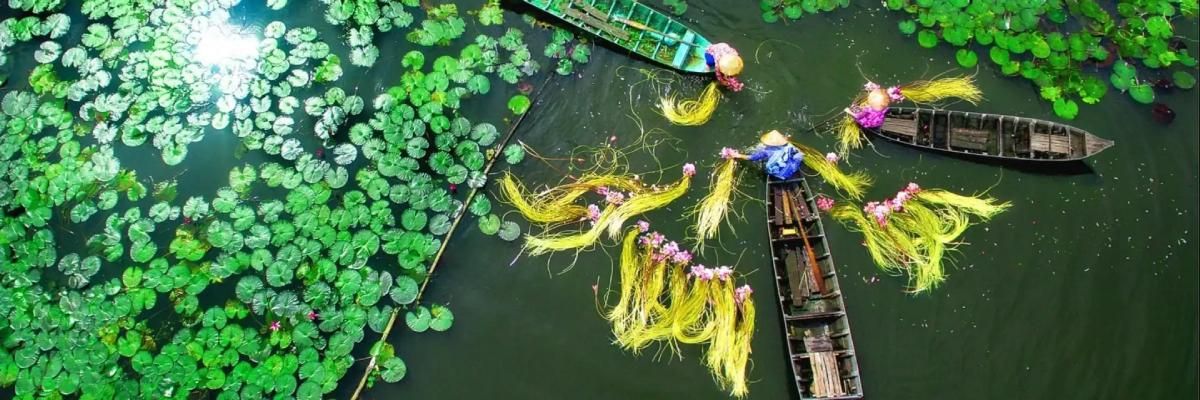From the Mekong Delta’s vibrant floating markets to the tranquil fishing communities of Ha Long Bay, each location has its own story to tell.
The Mekong Delta – Bustling Floating Markets and River Life
The Mekong Delta, often called the “Rice Bowl of Vietnam,” is a vast network of rivers, canals, and islands where floating villages have existed for centuries. Life here revolves around the waterways, with people living in houseboats, trading goods from their boats, and relying on aquaculture for their livelihoods.
Cái Bè Floating Market & Village (Tiền Giang Province)
Cái Bè, one of the largest floating markets in the Mekong Delta, is a lively trading hub where farmers sell fruits, vegetables, and seafood directly from their boats. Unlike land-based markets, vendors hang samples of their goods on long poles, allowing buyers to identify products from a distance.
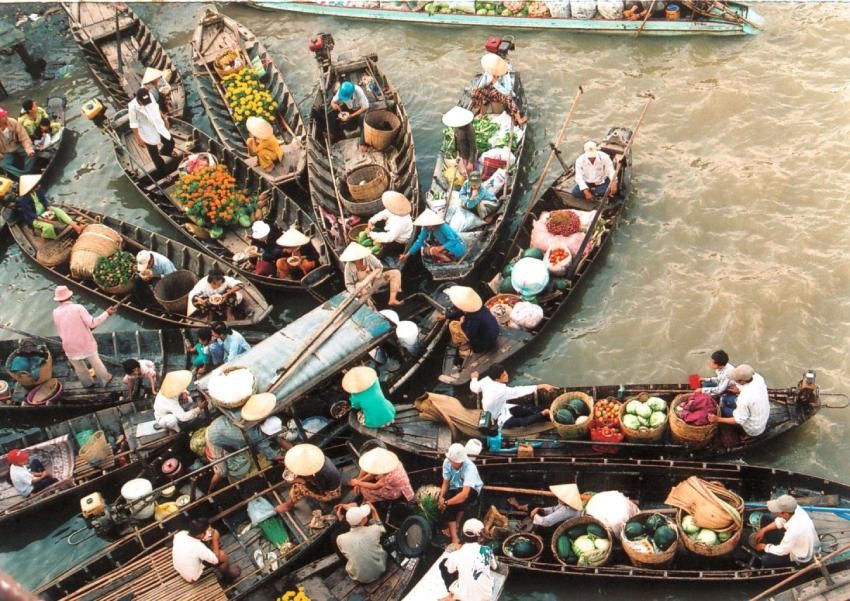
-
What to experience: Boat tours through the market, sampling fresh tropical fruits, and visiting traditional handicraft villages nearby.
-
Best time to visit: Early morning (5:00 – 7:00 AM) when the market is most active.
Châu Đốc Floating Village & Fish Farms (An Giang Province)
Located near the Cambodian border, Châu Đốc is home to one of the most fascinating floating villages in Vietnam. Many families here live on houseboats and operate fish farms beneath their homes. Large floating cages house catfish and tilapia, which are harvested and exported across Vietnam and beyond.
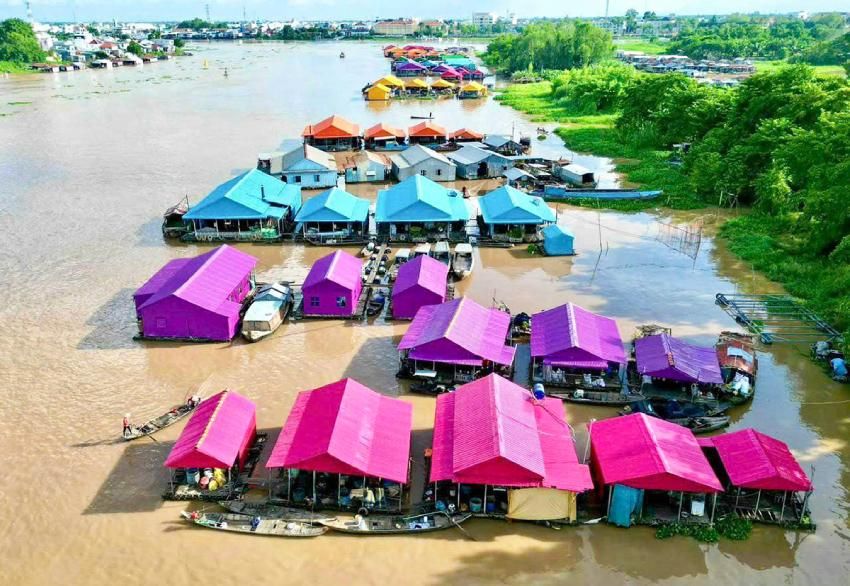
-
What to experience: Visiting fish farms, learning about fish farming techniques, and exploring nearby Chăm ethnic villages.
-
Best time to visit: September to April, during the dry season when boat tours are more accessible.
Long Xuyên Floating Village (An Giang Province)
Less touristy than Cái Bè, Long Xuyên’s floating village provides an authentic glimpse into the daily lives of local fishermen. Families live in wooden houseboats, and children often row small boats to floating schools.
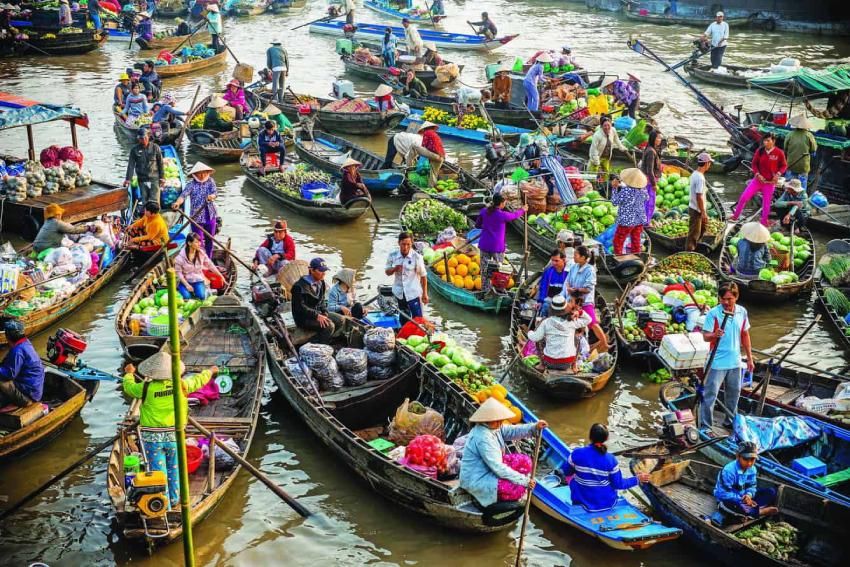
-
What to experience: Taking a traditional wooden boat ride, engaging with local families, and experiencing the peaceful river atmosphere.
Ha Long Bay – Tranquil Floating Fishing Villages Amidst Limestone Karsts
While Ha Long Bay is famous for its stunning limestone formations, it is also home to historic floating fishing villages where residents have lived on the water for generations. These communities depend on fishing and aquaculture, but in recent years, many have shifted to tourism to sustain their livelihoods.
Vung Vieng Floating Village
Nestled in Bai Tu Long Bay (part of the larger Ha Long Bay area), Vung Vieng is a serene floating fishing village with around 50 families. Unlike the bustling Mekong Delta, life here is quiet and peaceful, with fishermen casting nets and children rowing small boats to school.
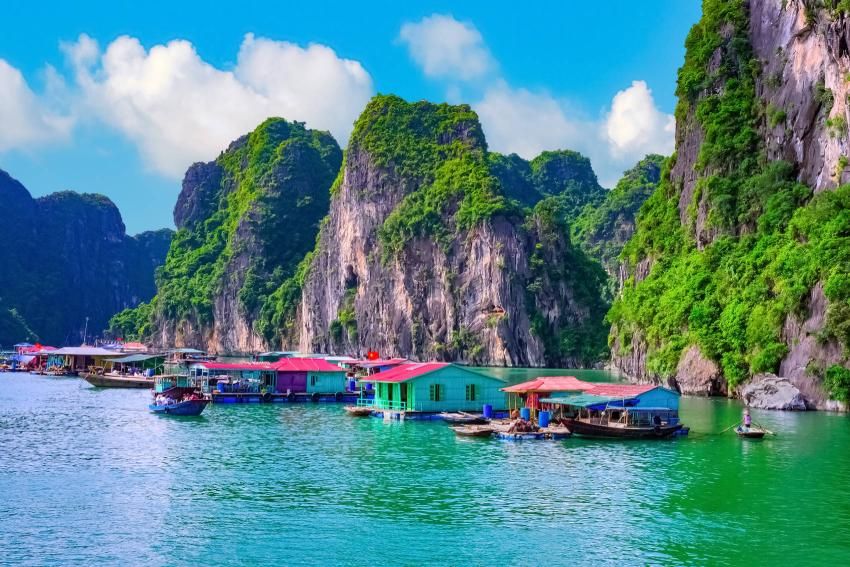
-
What to experience: Kayaking through floating houses, learning traditional fishing techniques, and visiting pearl farms.
-
Best time to visit: October to April, when the weather is cool and pleasant.
Cua Van Floating Village
Cua Van is one of the largest and most picturesque floating villages in Ha Long Bay, with a population of around 700 residents. The village features a floating school, a community center, and vibrant houseboats painted in bright colors.
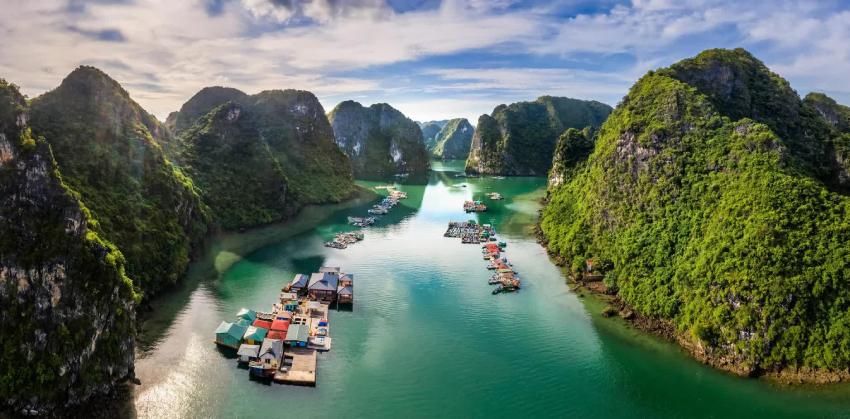
-
What to experience: Exploring the floating cultural museum, taking part in local fishing activities, and enjoying a sunset cruise.
Central Vietnam – The Hidden Floating Communities
Central Vietnam is less known for floating villages, but a few unique communities exist in lagoons and coastal areas, where fishing has been a way of life for centuries.
Tam Giang Lagoon Floating Village (Thừa Thiên Huế Province)
Tam Giang Lagoon, the largest brackish water lagoon in Southeast Asia, is home to small floating communities that rely on fishing and aquaculture. The still waters, combined with stunning sunset views, make it a hidden gem for travelers.
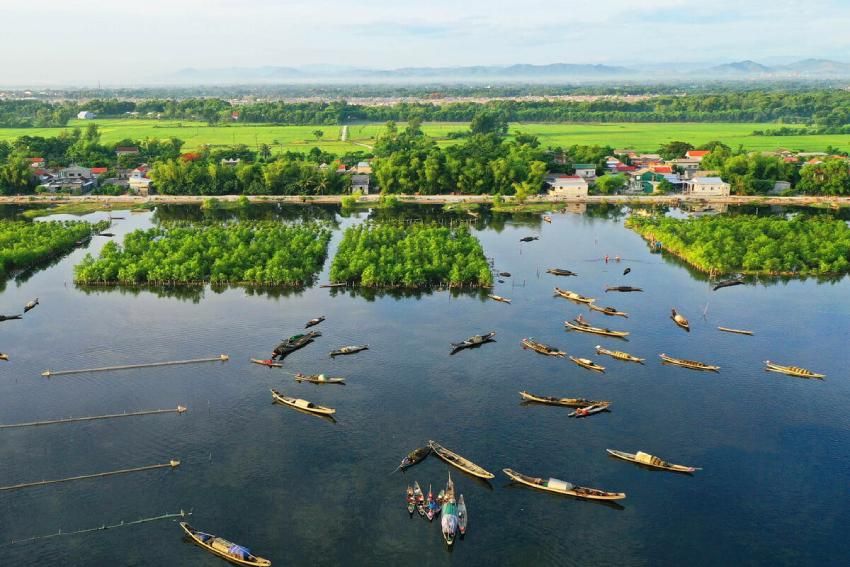
-
What to experience: Joining local fishermen on a basket boat, trying traditional net fishing, and enjoying fresh seafood on floating restaurants.
-
Best time to visit: Sunset, when the lagoon turns golden and the fishing boats create a picturesque scene.
The Future of Vietnam’s Floating Villages – Challenges and Preservation
As tourism grows and environmental conditions change, many floating villages face challenges such as pollution, declining fish stocks, and displacement due to urban development. Some villages, like those in Ha Long Bay, have been relocated to land, while others continue to adapt through sustainable tourism initiatives.
How to Support Sustainable Tourism in Floating Villages:
- Choose eco-friendly tours – Opt for tours that support local communities and minimize environmental impact.
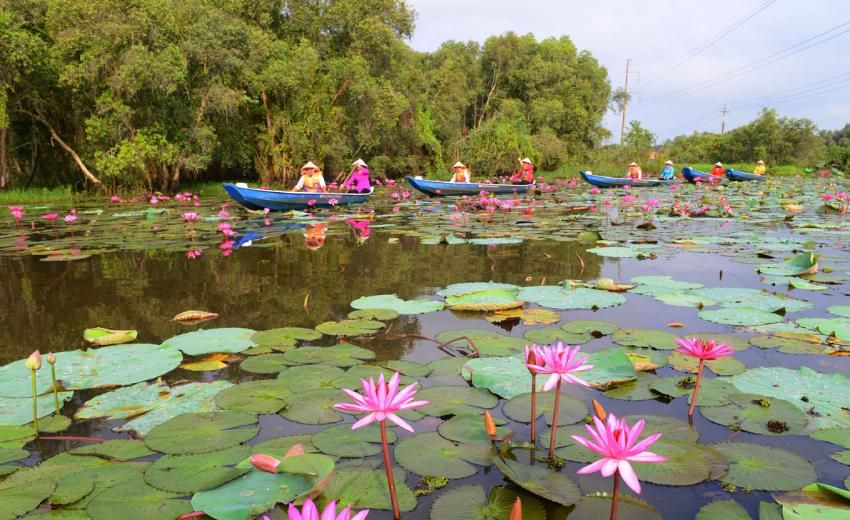
- Buy local products – Support floating village economies by purchasing handmade crafts and fresh seafood from local vendors.
- Respect the culture – Be mindful of local traditions and avoid activities that disturb the natural environment.
Vietnam’s floating villages offer travelers a rare and immersive cultural experience. Whether it’s the bustling markets of the Mekong Delta, the tranquil fishing communities in Ha Long Bay, or the hidden gems in Central Vietnam, these waterborne villages showcase human resilience, adaptability, and a deep connection to nature.
For those seeking an authentic and off-the-beaten-path adventure, exploring Vietnam’s floating villages promises unforgettable memories and meaningful encounters with local communities.



